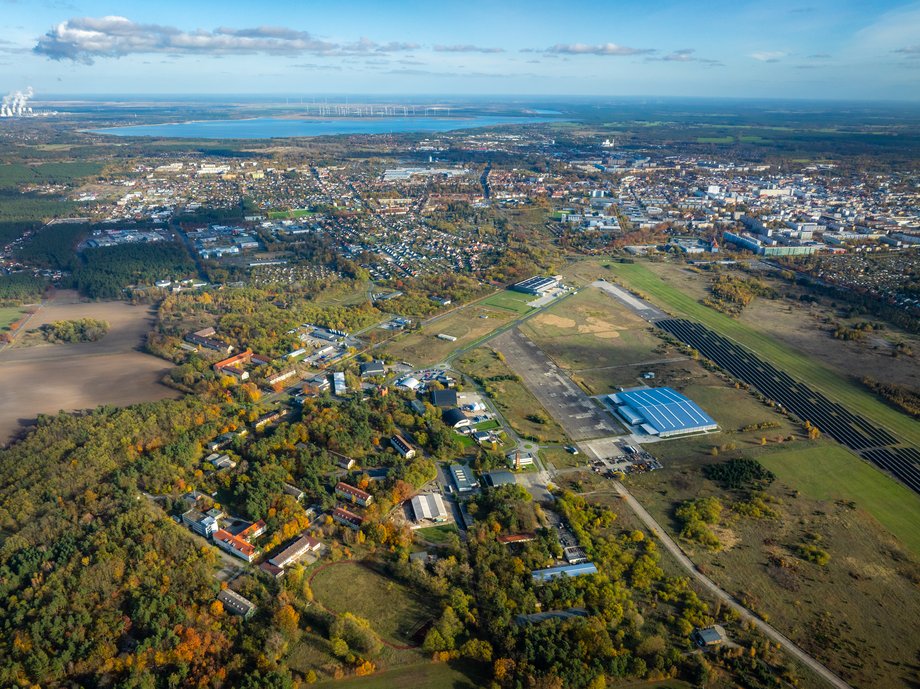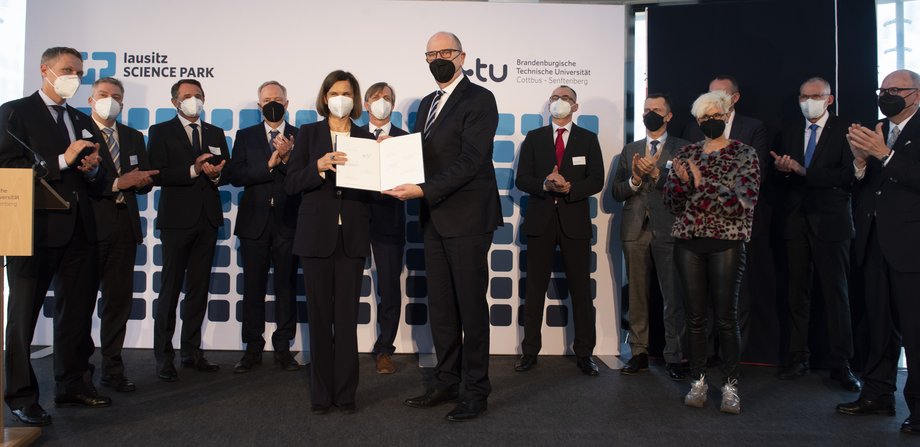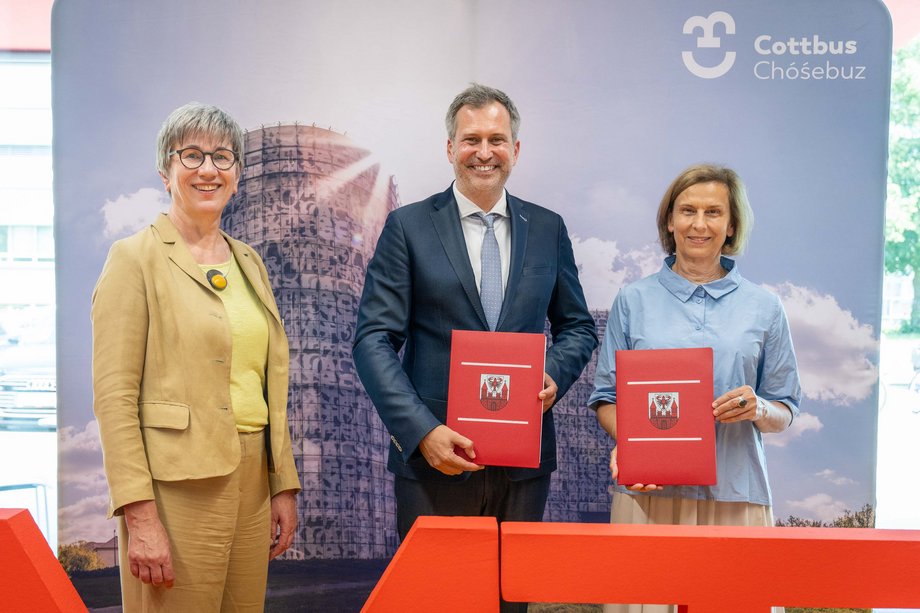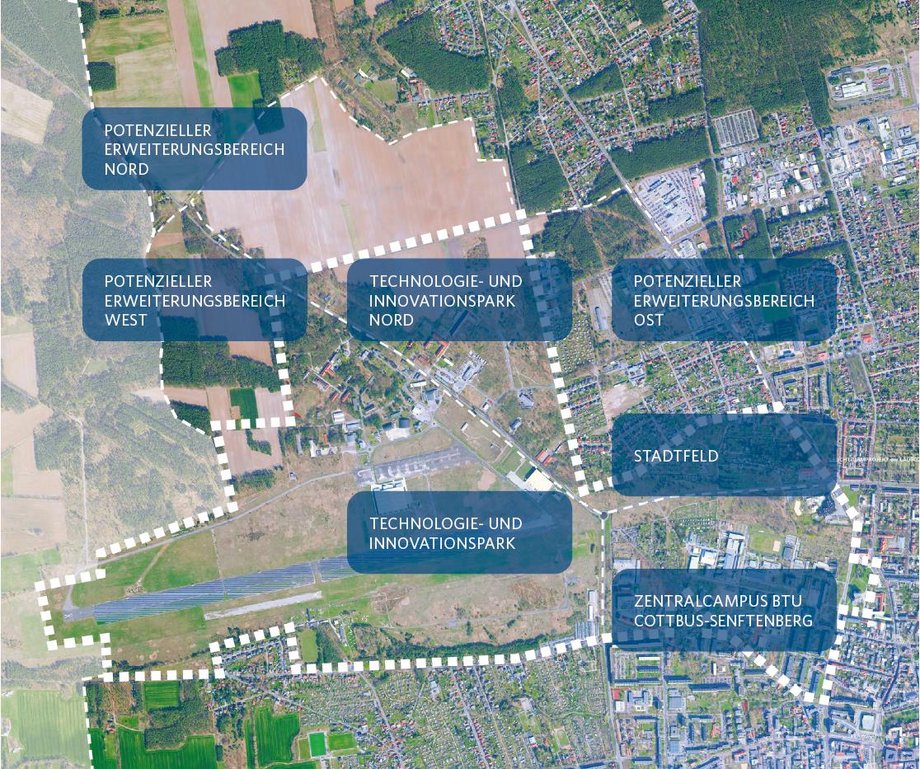Lausitz Science Park - Where Science Meets Business
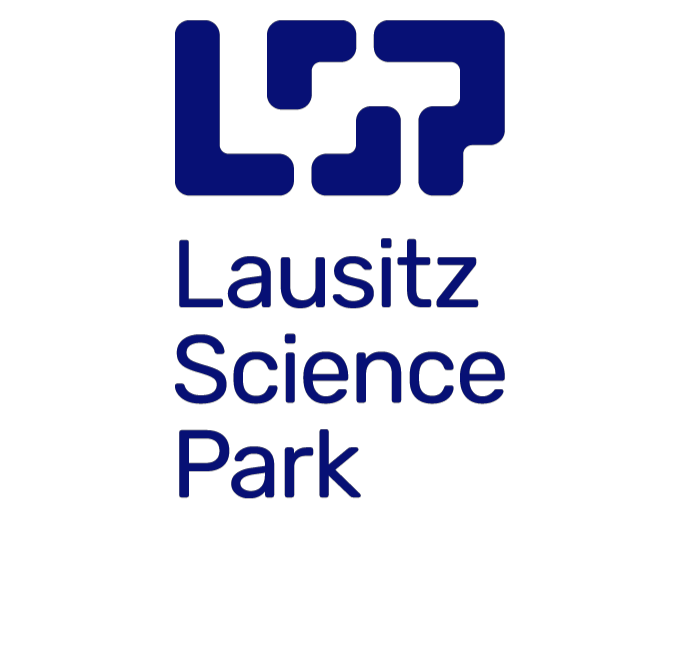
In Cottbus/Chóśebuz, a business and science park with supra-regional and international appeal will be created over the next few years.
The Lausitz Science Park (LSP) will focus on the future fields of energy transition and decarbonisation, health and life sciences, global change and transformation processes as well as artificial intelligence and sensor technology.
With a direct connection to the city centre and BTU Cottbus-Senftenberg, the Lausitz Science Park is an outstanding project with high commercial spin-off potential in the Lusatia-Berlin innovation corridor. Supported by the Structural Strengthening Act, Lusatia is developing into an attractive science and business location with the Lausitz Science Park as an innovative centre.
Future location for innovation
One of the primary tasks of the Lusatia Science Park is to create sufficient space for extensive settlement opportunities, which will create additional jobs. The LSP offers space for research institutions as well as small and medium-sized enterprises, which will find attractive working conditions, a high-quality research environment and the best framework conditions for science and research, innovation and transfer. This will attract excellently trained people to the region, but will also help to retain skilled labour in Lusatia.
Best conditions
The aim is to create an attractive science park as a new district in Cottbus/Chóśebuz, which not only offers qualified space for work activities, but also a wide range of space for housing, leisure facilities and green and recreational areas.
The Lausitz Science Park is to be developed and established in two phases and supported by two pillars: the Lausitz Science Network and an operating company responsible for site management.
Close co-operation
The Lausitz Science Park is a joint project of the city of Cottbus/Chóśebuz, BTU Cottbus-Senftenberg and WISTA Management GmbH, which is responsible for the management of the Adlershof Technology Park, which serves as a model for the Lusatia Science Park.
The business and science park in Cottbus is being developed together with the Ministry of Science, Research and Culture of the State of Brandenburg and strong partners such as the Fraunhofer-Gesellschaft, the German Aerospace Centre (DLR) and the Leibniz Association as well as economically strong companies such as LEAG, BASF Schwarzheide, Deutsche Bahn and Rolls-Royce.

The Lausitz Science Park brings together strong partners. Together, we are developing Cottbus as an excellent science location, becoming more visible both nationally and internationally and increasing our attractiveness for researchers, students, third-party funders and innovative commercial enterprises.
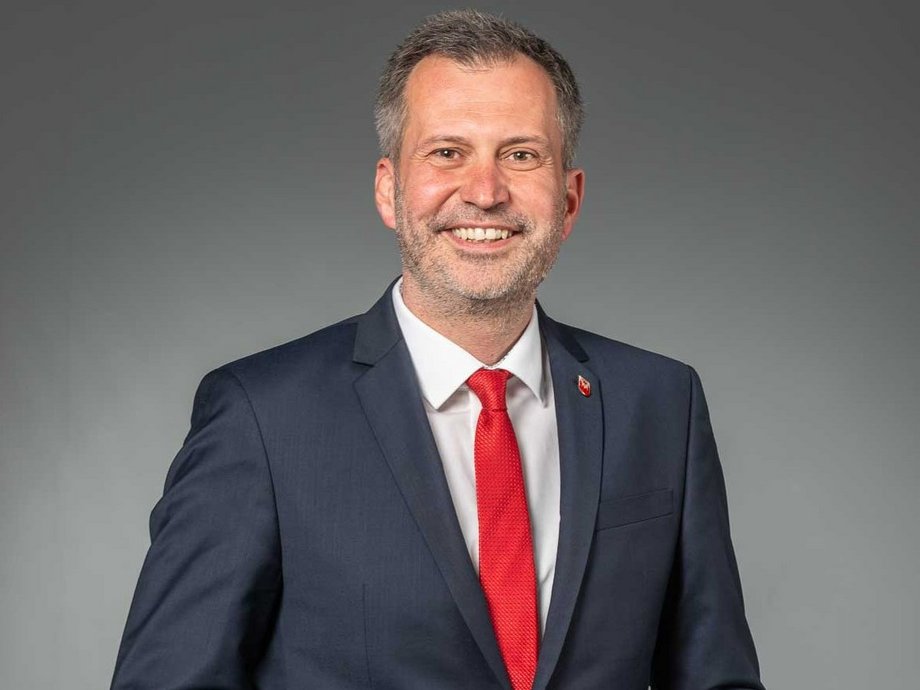
The Lausitz Science Park will build on the traditions of the former Cottbus-Nord airfield - as a place of research and development, of the courage to literally have high-flying visions and products, where we combine science and business.
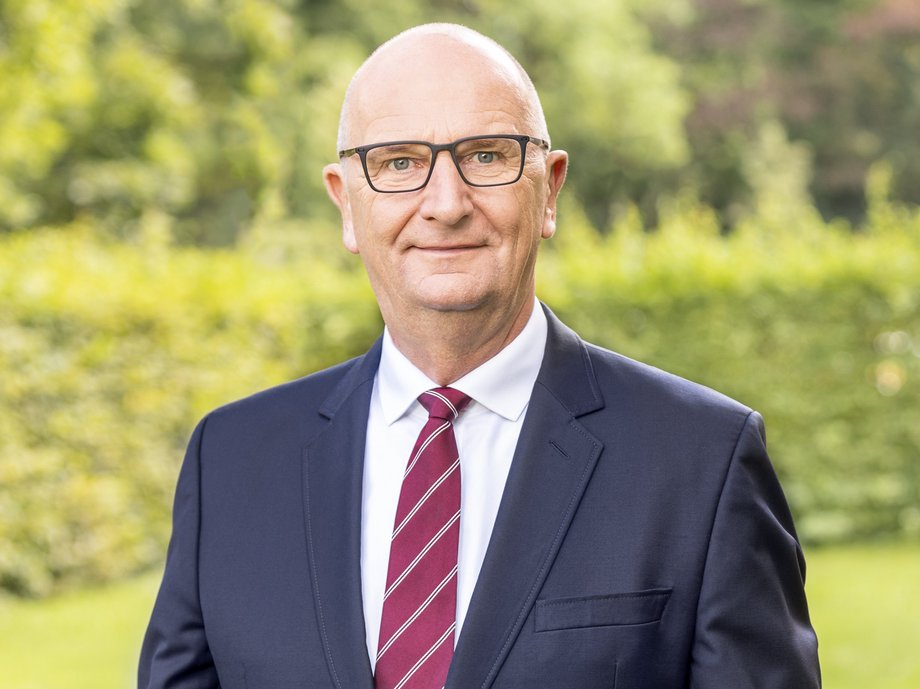
The Lausitz Science Park will give the science and business location of Lusatia supraregional appeal and visibility. Today we are committing ourselves to an ambitious cooperation between research, science and business that will bring with it many well-paid jobs. Among other things, a hotspot for electromobility with a focus on hybrid-electric drive research is being created here. This will be an important link in our value chain of future-proof electromobility with companies like Tesla, Microvast, BASF or Rock Tech Lithium.

Lusatia is a successful energy and industrial region that is constantly reinventing itself. But: never before has so much innovative power been in demand as it is today. That's why I'm delighted that science and industry are joining forces in the Lusatia Science Park to form an innovation and technology booster. The engine: a dynamic network with the BTU Cottbus-Senftenberg, the non-university research institutions on site and many strong partners from business and society.
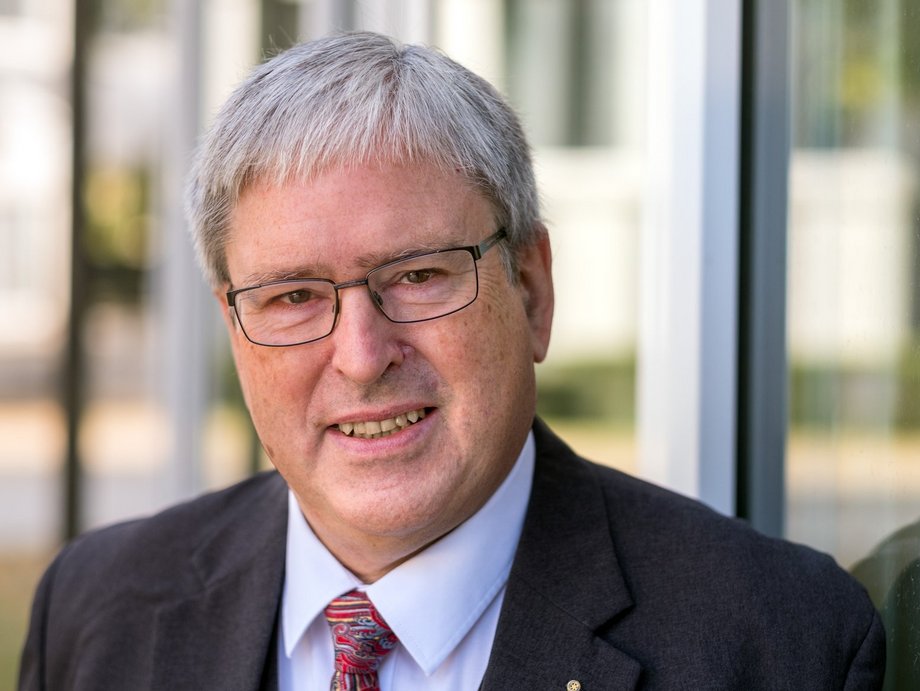
The Lausitz Science Park will be an attractive centre of innovation with great appeal. An innovative economy can only exist with a strong scientific community - and this interplay is a reality here. Innovative technologies offer great opportunities for Brandenburg in terms of industrial policy and provide additional regional added value and employment - exactly what we need for successful structural development in Lusatia. I am convinced that the Lusatia Science Park will make an important contribution to the structural development of Lusatia.
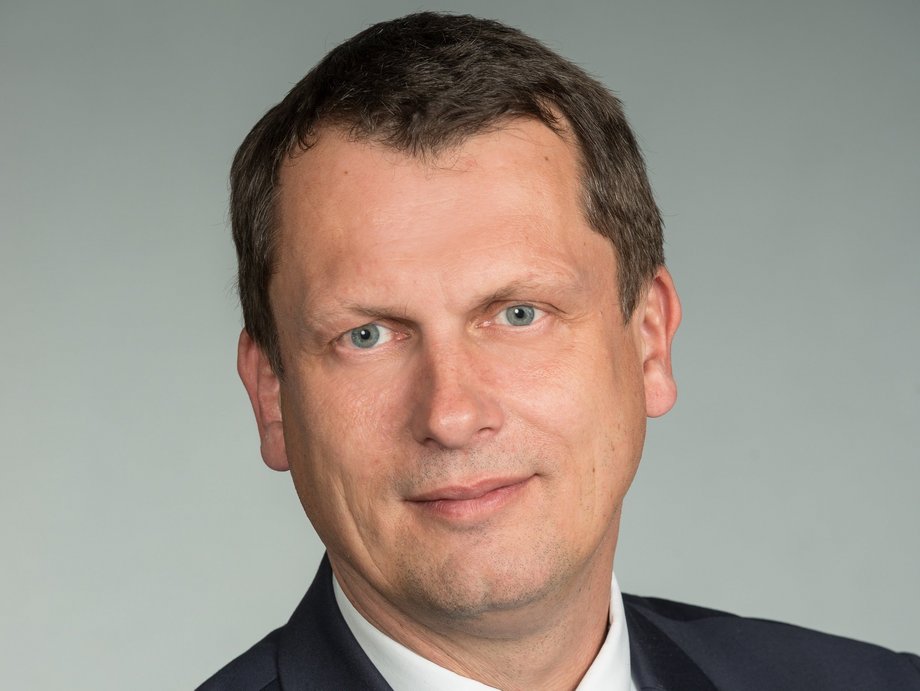
In these turbulent times, it has become clear that it is important not only to cooperate internationally, but also to become aware of our own strengths. That's why every location development here in Cottbus/Chóśebuz is to be welcomed, be it the new railway plant, the future university medical training or the clear profiling of the science location around the BTU Cottbus-Senftenberg with the Lausitz Science Park. The city of Cottbus/Chóśebuz will play its part in the success of these projects.
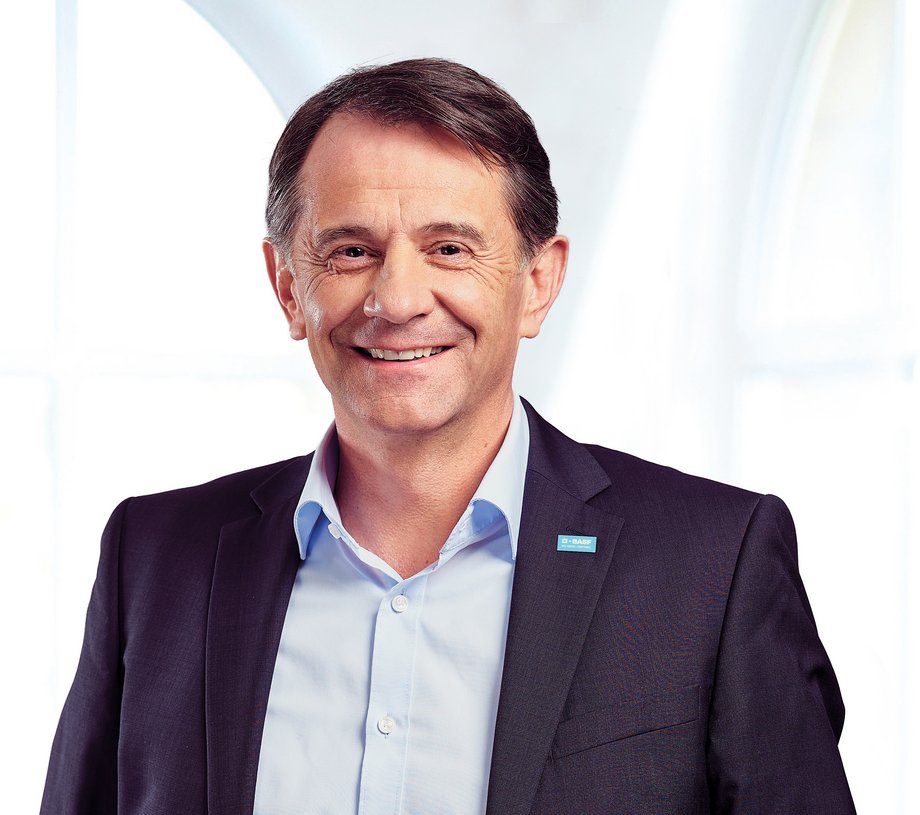
Our world is changing faster and faster. The spirit of research and innovative strength are therefore elementary for the positive development of our region. The Lausitz Science Park represents a great opportunity for everyone involved, but especially for our young talent. As an industrial company and major employer in the region, BASF supports this development.
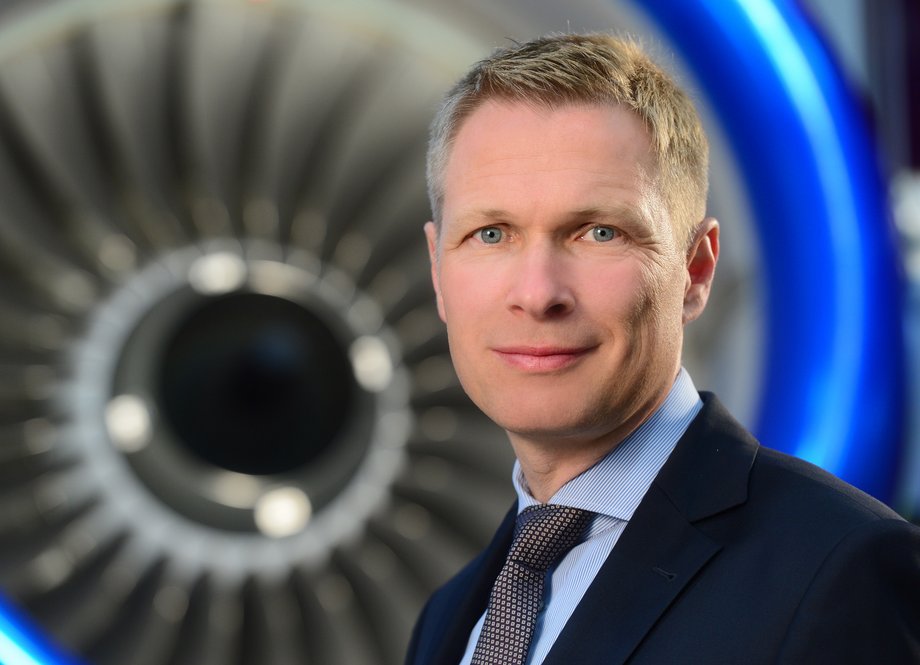
With its focus on science and research, the Lusatia Science Park offers an excellent foundation for driving structural change in Lusatia in a sustainable way. We will play our part by establishing a globally unique ecosystem for low-emission, hybrid-electric aerospace propulsion systems here in Brandenburg with our partners. An innovative partner network between Berlin and Lusatia will provide important impetus and give the region the necessary boost for the future.
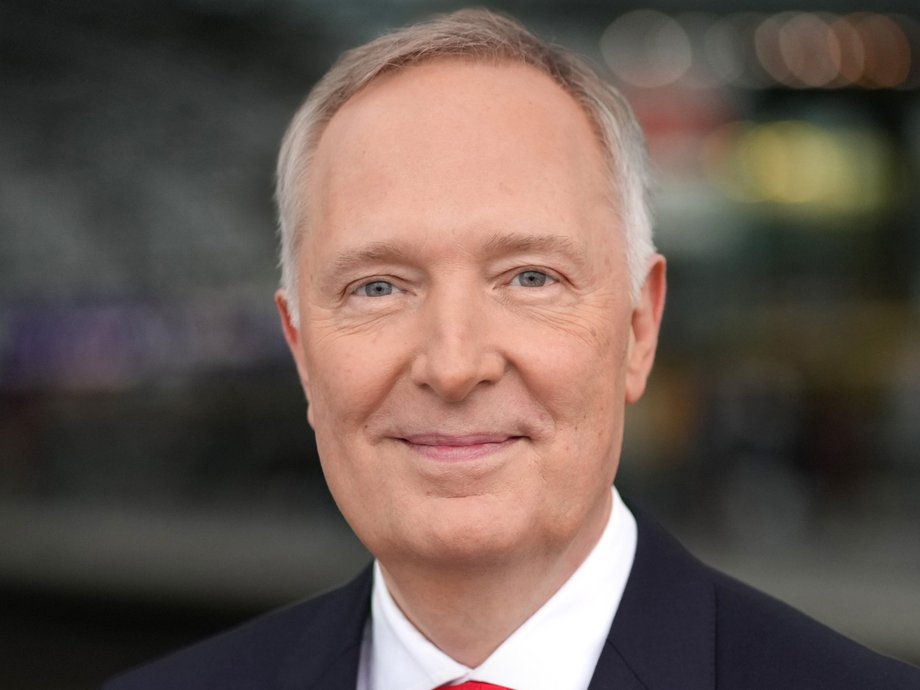
Deutsche Bahn is already actively supporting structural change in Lusatia: we are building our most modern maintenance plant in Cottbus with 1,200 new and qualified jobs. Here we will maintain part of our growing ICE fleet. With the partners of the Lausitz Science Park, we have the opportunity to expand the Cottbus site into a development and testing centre for digital maintenance. Together we can drive forward innovative technologies for the railway.
The Lausitz Science Park is a very positive signal for the future of the region as well as for our innovation system, because this is where knowledge-based research and practical application come together in a cooperative partnership. Such targeted effectiveness of research results with broad societal benefits has always been a central concern for the Leibniz Association - and all the more so in the light of tackling major common challenges such as the energy transition.
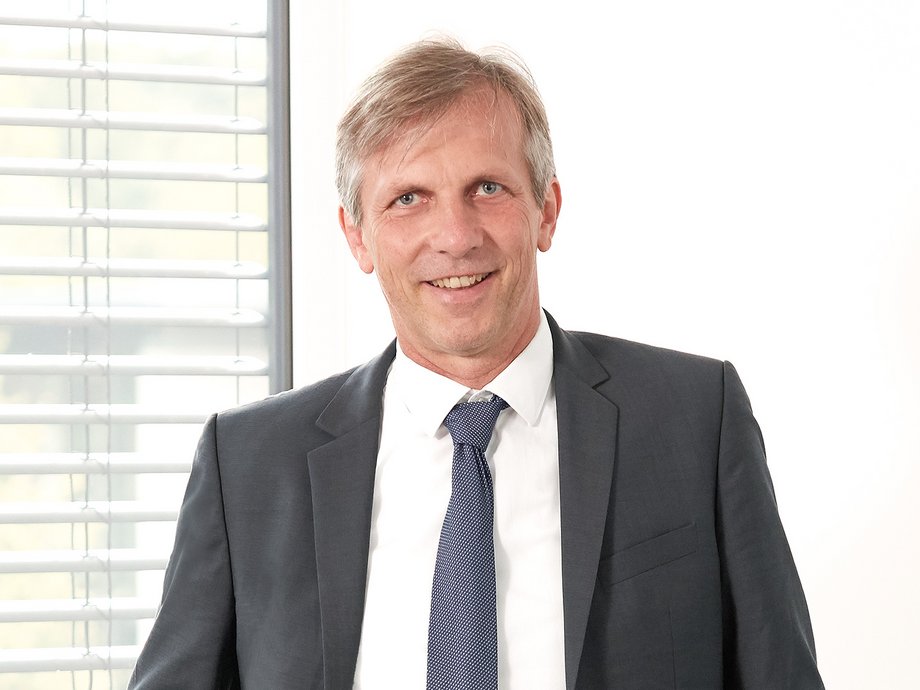
Lusatia is a region of energy and a region with energy. Based on this strength, we at Fraunhofer IEG want to develop and deploy the climate-neutral energy systems of the future here. In the Lausitz Science Park we are doing this with strong partners from research and innovation in a strong region. In this way, we can shape the change and seize the opportunities it offers for people.
With its two institutes in the fields of energy and aeronautics research, DLR will make a contribution to developing Lusatia into an innovation location. The interdisciplinary approach of the cooperations is important here. The cooperation between research institutions and universities as well as industry and administration will have a positive impact on economic development. The focus is on the sustainability of structural change. It can succeed in developing Lusatia into a model region.
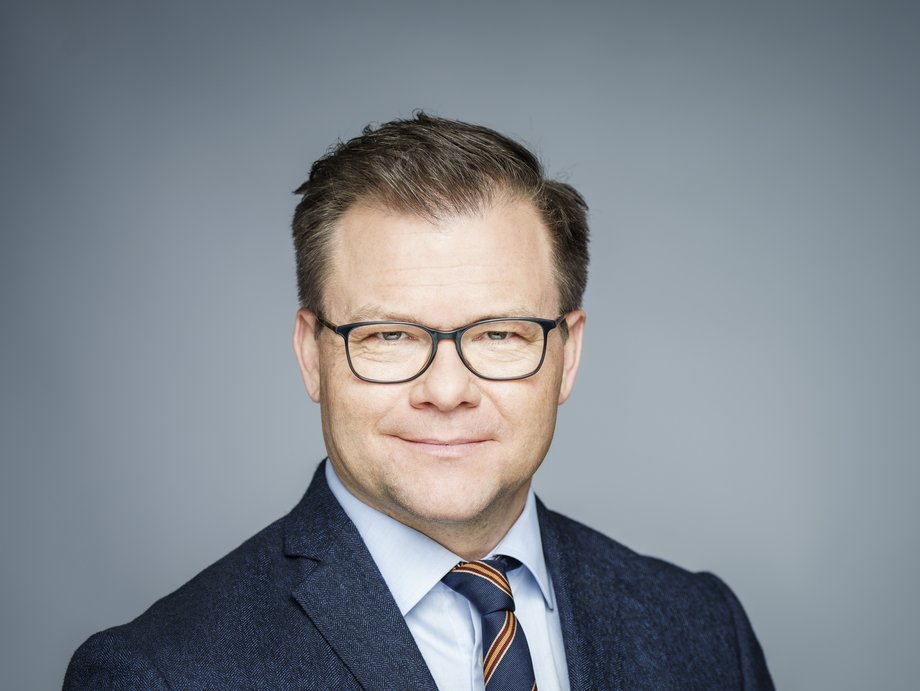
The Lausitz Science Park is to become a place where research and application meet. Excellent research meets strong companies, which is a great prospect for innovation, but also for new jobs, from which the entire region should benefit. The federal government is supporting the federal states with the challenges of structural change as part of the Structural Strengthening Act and is supporting the project with extensive financial resources.
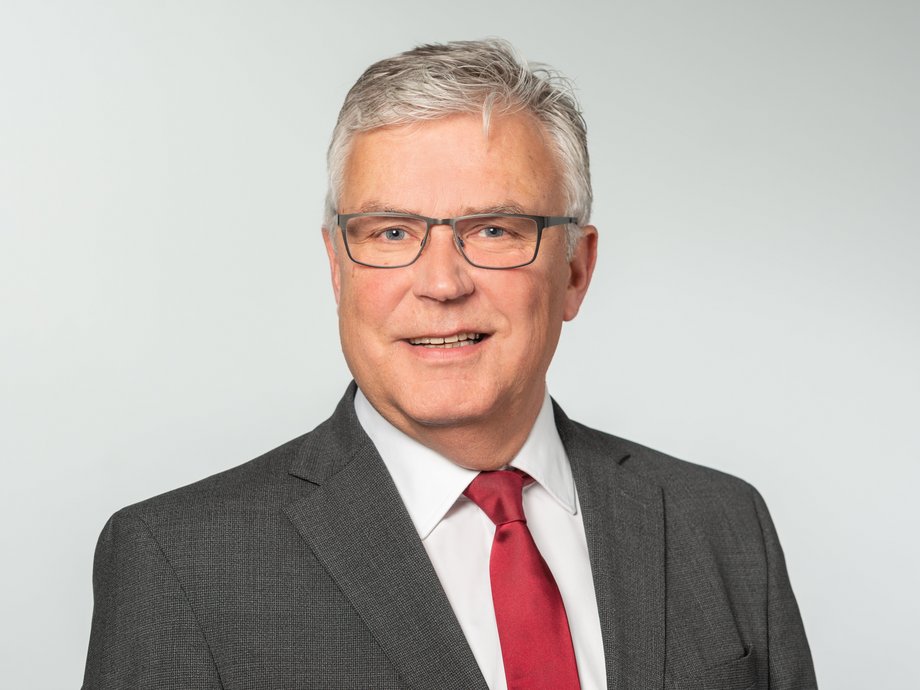
The LSP is urgently needed because we do not yet have a structure in Lusatia for the consistent establishment and transfer of science to industry. I expect that the many state subsidies provided for science and research will be supplemented with funds from companies that settle in the LSP. My bold prediction: by 2033, the Lusatia Science Park will have international appeal!
The area
The Lausitz Science Park is being built in the north-west of Cottbus/Chóśebuz with direct links to the BTU Cottbus-Senftenberg, the city centre, transport routes and public transport. The park will cover an area of 420 hectares, plus potential expansion areas. A core area will be developed by 2030/2031.
Technology-oriented companies, start-ups and institutes can already find land here today to realise their projects in the Lausitz Science Park. With the planned construction of the Centre for Hybrid Electric Systems Cottbus (chesco) and the establishment of the Fraunhofer-Gesellschaft, the German Aerospace Centre (DLR) and the Leibniz Association, the first anchor projects are already in preparation. The overall development is a generational project and will remain a driving force in structural change.
The location
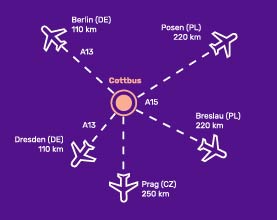
Cottbus/Chóśebuz is the second largest city in Brandenburg and is home to around 100,000 inhabitants, a university of technology and the Medical University of Lusatia - Carl Thiem. Conveniently located on the River Spree, in Lower Lusatia, in eastern Germany, in the heart of Europe, the location is well connected.
Cottbus/Chóśebuz is the urban centre of bilingual Lusatia (German/Sorbian). Structural change means fundamental changes to the economic and social structure of Lusatia as a whole and the city of Cottbus/Chóśebuz in particular. With more than 5 billion euros in investment and thousands of expected new jobs, things are booming like in no other German city! The future lakeside city is surrounded by beautiful nature and boasts attractive science and research facilities. A strong social and cultural infrastructure, a life close to nature and big city flair - the boomtown Cottbus has it all.


